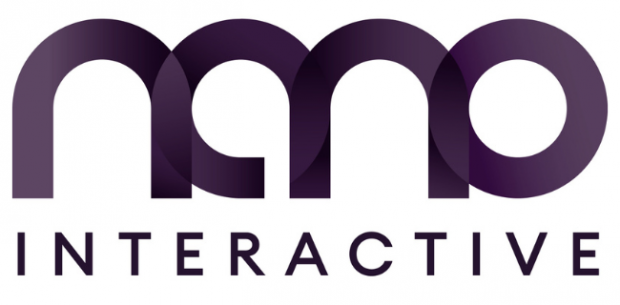Nano Report Reveals Advertisers Increase Contextual Targeting Spend by £770m in 2023
by on 27th Mar 2023 in News

New data, released in Nano Interactive’s latest report, reveals how advertisers are responding to the decline of cookies and the shift from opt-out to opt-in consent. The report, Agency and Brand Tactics in the Age of Signal Loss surveyed 150 UK brands and agencies in partnership with CoLab to understand how they are dealing with signal loss in 2023.
Contextual spend increases 8%
Signal loss is making people-based ad targeting more challenging – for example, only 60% of customers are reportedly addressable on Google Chrome as consumers browse ‘incognito’ or make increasing use of the privacy settings at their disposal. As a result, the study reveals advertisers are shifting their budgets into contextual environments to maintain advertising effectiveness.
There is an 8% shift from audience to contextual targeting-driven spend year-on-year, from 2022 to 2023 among the largest advertisers – those with budgets of over £1million. This equates to an estimated increase of £770m1 during 2023 in contextual spend.
Cookie deprecation driving change
When asked about the trends that will impact their marketing needs across the coming year, larger advertisers listed cookie decline as the number one factor, followed by their environmental impact and social responsibility credentials. For smaller advertisers, cookie decline was less of a concern, appearing just fifth in the list, with influencer marketing taking the top spot.
As brands and advertisers reassess how they are measuring success in the wake of signal loss, attention is also emerging as a valuable metric. Nearly two-thirds of the advertisers Nano spoke to had a positive view of attention metrics, with over half choosing attention from a list of ten metrics as the best to measure and report against. Larger advertisers were the most enthusiastic, with just 21% showing negative sentiment towards attention metrics.
However, work must be done before attention emerges as an established form of measurement. A third of respondents said that attention-targeting tools still needed to improve for the metric to be usable.
AI key to adoption of contextual
While AI is already having a huge impact on the advertising industry, the report also reveals where advertisers believe its impact will be most felt in future. Targeting will be most affected by AI, with 52% highlighting this area, closely followed by campaign optimisation (47%), and streamlining operations (37%).
Advertisers also see AI as significantly impacting contextual advertising, as it potentially fills the gap left by signal loss. Almost two-thirds of respondents thought that AI has significant potential to improve contextual advertising.
Carl White, CEO of Nano Interactive, says, “Signal loss is not a new problem in online advertising and to succeed as an industry we should be aiming for future-proofed solutions.
“Targeting that is free of all personal identifiers is likely to be one of the fastest growth sectors in digital marketing this year. Brands and advertisers who embrace these new targeting models will be well placed to navigate signal decline and ensure their campaigns are safe from changes brought both by tech giants and new legislation.”
- This figure is based on numbers for display non-video and video from the H1 2022 IAB Ad Spend Report.
ContextualCookielessCookiesMeasurementResearch









Follow ExchangeWire